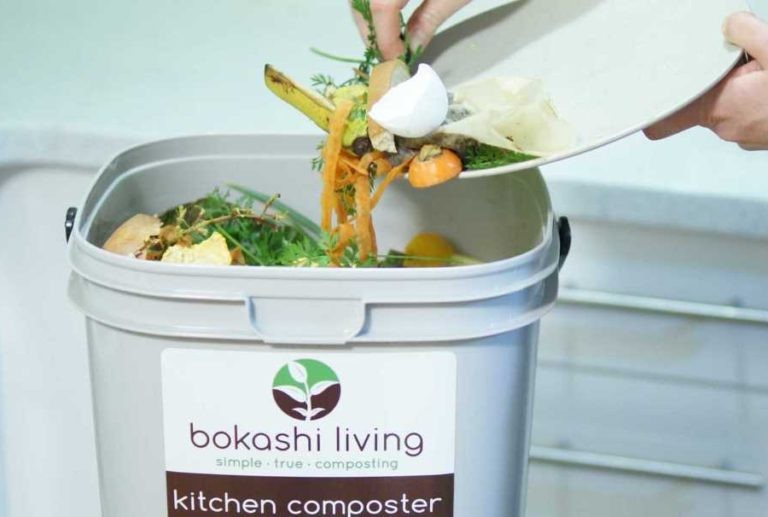The depths of winter

July is probably my least favourite gardening month of the year. It’s generally the coldest, bleakest month we have. If you’ve got winter veggies in a tunnel house/glass house or under some hoops and frost cloth, they pretty much go on strike this month. They’re doing minimal growing if any at all.
I was late putting in a winter garden in our tunnel house this year, chucking it all in mid-April. It doesn’t seem to have mattered for most of the greens we planted. I will be honest I didn’t sow from seed either, this was a ‘buy up a load of veggie punnets’ from the local hardware store mission and chuck them in the ground.
We’ve been holding off chowing down on them to allow some size. As we also follow the cut and grow again method for most winter greens, the bigger they are before you start attacking them with scissors and machetes the quicker, they will recover and grow you more green veggie goodness.
So even though it’s the quietest month in the garden, spring is around the corner with lots to start thinking about and start doing now, to be less overwhelmed when spring arrives. One of my favourite things to do at this time of year is to go through my seed collection and see where the gaps are. Jump online and grab a few packets.
This is a great time of year to spring clean the garden.
- Clean up last year’s beds, put some fresh compost down and straw, ready to hit spring running.
- Fertilise some of those perennials. Asparagus, rhubarb, berries, they all need some loving from you. You can give them a generous helping of compost or with the berries and rhubarb some manure.
- Talking of berries, time to give them a prune. Raspberries can have all their 2-year-old plus canes cut to the ground. Just leaving last year’s new canes. Boysenberries/logan/tay etc can also be cut back just leaving last year’s new growth. The growth can be lifted up onto wires or zip tied on to a fence.
- All berries will enjoy some mulching too. Either with wood chips or straw.
- Garden tools sharpen a sanding of any rust and a rub with a little oil.
- Get some garlic in the ground. Large cloves equate to large bulbs. Chuck a handful of quality compost or vermicast in the hole with every clove.
- Tidy up and repair your compost bays. If the bay is full of unbroken down mess, pull it all out and start again.
- Get burying those Bokashi food scraps in your veggie garden so you get to reap the rewards this summer. You can be targeted where you bury it. Think where my big heavy feeder crops are going to be. Pumpkins and corn will love a bed that’s full of Bokashi food scraps. You will grow the biggest vegetables ever.
- For the super enthusiastic, consider starting your tomatoes, peppers, and eggplants in July. You’d need some help with some basic LED grow lights and some grow heat mats. A few years ago, I met a local gardener doing this with incredible success. I couldn’t believe the size of his plants in early September
While July is probably my least favourite gardening month of the year. It’s the coldest, bleakest month we have. If you’ve got winter veggies they pretty much go on strike this month. They’re doing minimal growing if any at all. So even though it’s the quietest month in the garden, spring is around the corner with lots to start thinking about and start doing now, to be less overwhelmed when spring arrives. Last week I recommended some undertake some spring cleaning. This week it’s time to sit down by the fire and visualise your garden for the spring-summer growing season.
This can take a few paths.
- If you’re just starting out or in expansion mode how many beds will you start with and where are you going to put them. A few things to remember when starting new beds, having them near the kitchen, in full all-day sun as possible and with wind protection.
- What are you going to grow this coming season? If you’re short on space, grow high value crops. As tasty as home-grown potatoes are, they take up a lot of space. Tasty salad greens aren’t cheap. Focus on things you love to eat. I’ve spent years growing unusual fairly bland to inedible vegetables. Fun it is, but you can’t beat growing the classics well.
- Make a plan. Draw out your beds and write down what’s going where. This is where you can get clever in small gardens. Slower growing space grabbing crops like broccoli can be surrounded by lettuces or radishes. These crops are harvested and eaten by the time the broccoli is out growing in the surrounding space.
- Grow upwards this coming season. Trellises can be used for many crops not just beans. Pumpkins and cucumbers can be moved upwards giving you more growing space down below.
- This season will be the season of growing Zucchini’s upwards after an insta-bonanza online showing this technique. Again, allowing space around for other crops.
Homegrown Potatoes
Still loving those homegrown potatoes, why not try the Space saving ‘Spud in a bucket’ technique. Score yourself some buckets, somewhere near you there’s a free bucket mountain, shout out on local gardening pages and local groups.
Drill some drainage holes in the bottom of the bucket. fill with compost about 10cm deep, place 2-5 sprouting seed potatoes and cover with a further 10cm of compost mix.
Once the potato plants reach 15 cm high fill with compost leaving the top 5 cm of leaf tips showing. Repeat till the bucket is full.
Remember to water regularly. When the tops die off. Tip out the buckets and harvest your bounty.
Dr Compost aka Ben Elms is a permaculture and gardening expert who’s been operating in the unusual Central Otago climate for over 20 years. Funded by QLDC and delivered by Wanaka Wastebusters, the Dr Compost project aims to reduce organic waste going to landfill.
Got a question? Check out @drcompost on Facebook or benelms.com








